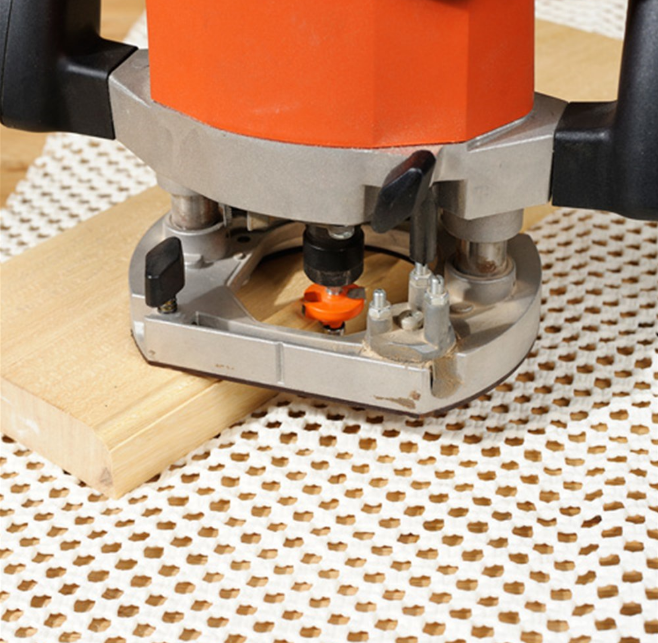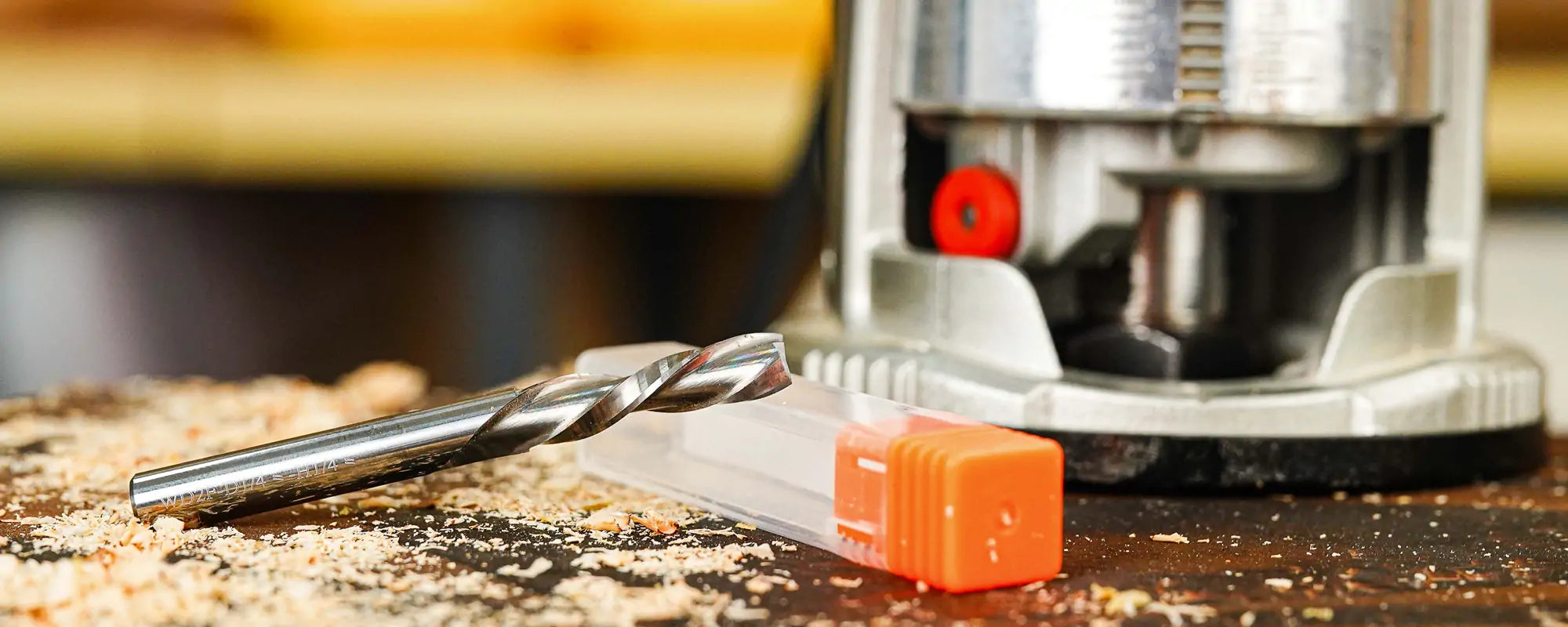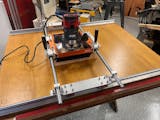
Spetool has been endeavoring to providing extraordinary tools for DIYers to have a pleasant practice, but some behaviors may cause fatal damage to the endmills. Let's find them out.
1. Running with impropriate speed (RPM)
It can be a complicated process to determine the right speed and feed for the operation, but to get proper tool life, it is necessary to understand the ideal speed (RPM) before you start running. Too fast speed can cause deadly tool failure, and lower RPM can lead to deflection, bad finish or decreased metal removal rates.
2. Running with Wrong Feeding Rate
The best feed rate for a job varies depending on tool type and workpiece material. Too slow of a feed rate, you run the risk of recutting chips and accelerating tool wear. If you run your tool with too fast of a feed rate, you can cause tool fracture. This is especially true with miniature bits.
3. Using Traditional Roughing

While traditional roughing is occasionally necessary or optimal, it is generally inferior to High Efficiency Milling (HEM). HEM is a roughing technique that uses a lower Radial Depth of Cut (RDOC) and a higher Axial Depth of Cut (ADOC). This spreads wear evenly across the cutting edge, dissipates heat, and reduces the chance of tool failure. Besides dramatically increasing tool life, HEM can also produce a better finish and higher metal removal rate, making it an all-around efficiency boost for your shop.
4. Improper Tool Holding costs Tool Life
A poor machine-to-tool connection can cause tool runout, pullout, and scrapped parts. Generally speaking, the larger surface contact with bit’s shank, the more secure the connection. Hydraulic and shrink fit tool holders offer increased performance over mechanical tightening methods.
5. Not Using Variable Helix/Pitch Geometry

High performance end mills usually have a feature that the time intervals between cutting edge contact with workpiece are varied. And the variation minimizes chatter by reducing harmonics, which increases mill life and produces superior results.
6. Wrong Coating Can cause more Wear on mills

7. Using a Long Length of Cut

For some jobs, long length of cut is necessary, especially in finishing operation. As a general rule, a tool’s LOC should be only as long as needed to ensure that the tool retains as much of its original substrate as possible. The longer a tool’s LOC the more susceptible to deflection it becomes, in turn decreasing its effective tool life and increasing the chance of fracture.
8. Choosing the Wrong Flute Count

As most people think, high flute counts are always better than lower counts. Lower flute count (2 to 3) has larger flute valleys and smaller bit core, while the higher count flute (5 or above) bit is opposite. But it depends. Lower flute counts are typically used in aluminum and non-ferrous materials, partly because the softness of these materials allows more flexibility for increased metal removal rates, but also because of the properties of their chips. Non-ferrous materials usually produce longer, stringier chips and a lower flute count helps reduce chip recutting. Higher flute count tools are usually necessary for harder ferrous materials, both for their increased strength and because chip recutting is less of a concern since these materials often produce much smaller chips.






